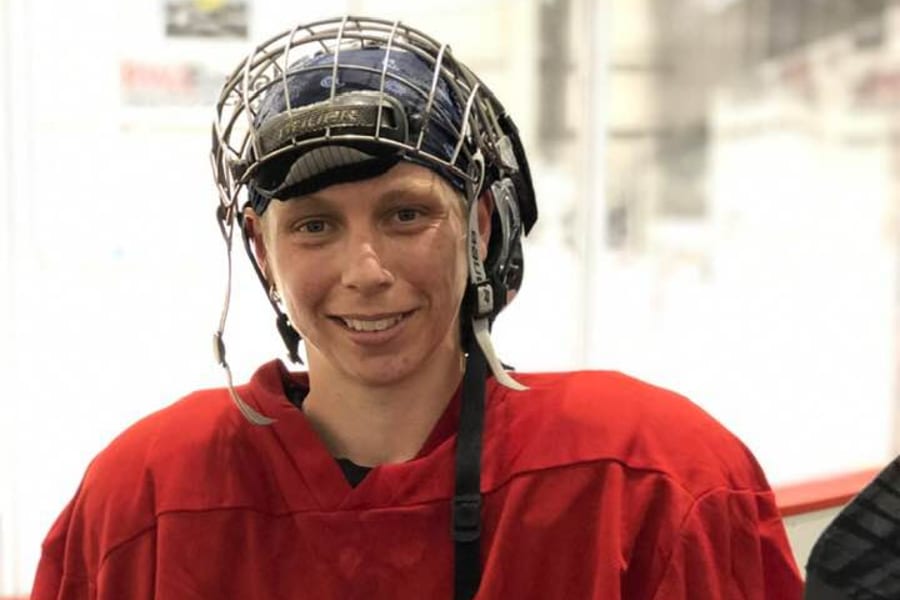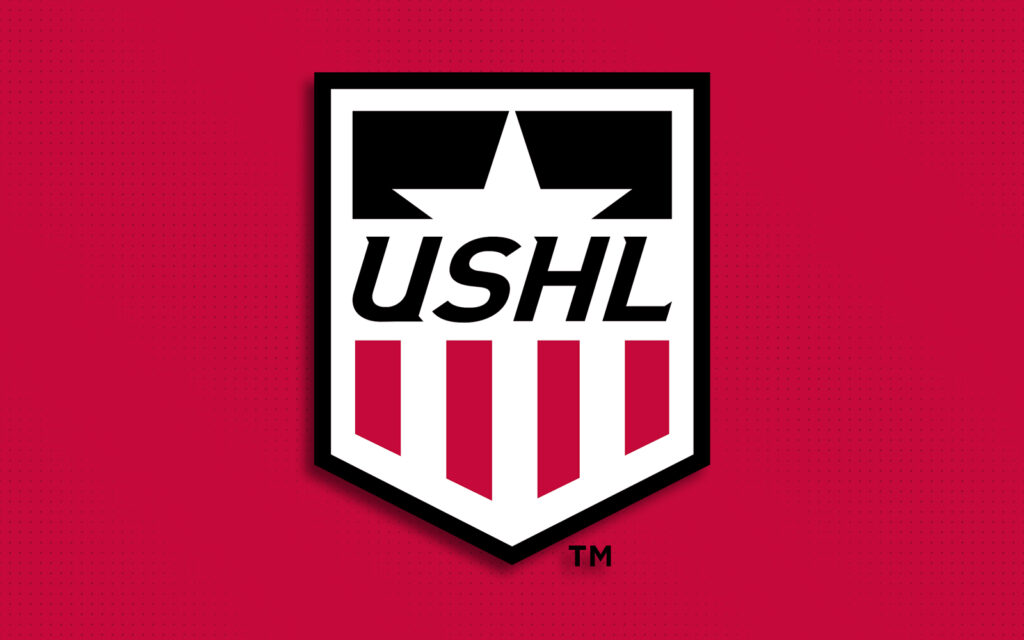Ice hockey isn’t a sport people associate with the South, but one Huntsville native is making strides to change that. Nichelle Simon is taking her shot on the ice and heading to the National Women’s Hockey League but her journey to get to this point hasn’t been as smooth as ice. “It’s absolutely a dream…
Read MoreIce hockey isn’t a sport people associate with the South, but one Huntsville native is making strides to change that. Nichelle Simon is taking her shot on the ice and heading to the National Women’s Hockey League but her journey to get to this point hasn’t been as smooth as ice. “It’s absolutely a dream…
Read MoreOn September 1st the United States Hockey League (USHL) and its Member Clubs announced Sunday the 30-man protected and affiliate lists for the 2019-20 season. We are proud of our 47 #TPHTrained players that have secured a spot on one of these rosters. We will be cheering on the following players as they work hard…
Read MoreThis past weekend the United States Hockey League (USHL) and its Member Clubs announced Sunday the 30-man protected and affiliate lists for the 2019-20 season. These lists featured 16 players TPH Center of Excellence student-athletes/alumni. DUBUQUE FIGHTING SAINTS Ryan Beck | TPH Center of Excellence – Detroit TRI-CITY STORM Luke Buss | TPH Center of Excellence –…
Read MoreThe Software Report is delighted to announce The Top 25 Education Software CEOs of 2019. The following individuals represent excellence in the field of education technology and organizational leadership. Many of the awardees have demonstrated a deep commitment to the education and training sector and a passion for improving learning outcomes in local, global and…
Read MoreSeptember 12, 2019 – Defender Nichelle Simon, who played college hockey at Hamline and Neumann universities and appeared in season 9 of NBC’s hit show “American Ninja Warrior,” has signed with the Metropolitan Riveters of the NWHL. Simon is also a breast cancer survivor who completed her treatments in June, 2018. She has preparing for a comeback…
Read MoreOn September 1st the United States Hockey League (USHL) and its Member Clubs announced Sunday the 30-man protected and affiliate lists for the 2019-20 season. We are proud of our 47 #TPHTrained players that have secured a spot on one of these rosters. We will be cheering on the following players as they work hard…
Read MoreELIGIBILITY CENTER BEGINS TEXTING PROGRAM SEPTEMBER 16 Starting the week of Sept. 16, the Eligibility Center will begin messaging prospective student-athletes via text with updates relating to their Eligibility Center accounts. The text messaging program, which has been under development for more than a year, is designed to more effectively communicate information about the certification…
Read MoreThis past weekend the United States Hockey League (USHL) and its Member Clubs announced Sunday the 30-man protected and affiliate lists for the 2019-20 season. These lists featured 16 players TPH Center of Excellence student-athletes/alumni. DUBUQUE FIGHTING SAINTS Ryan Beck | TPH Center of Excellence – Detroit TRI-CITY STORM Luke Buss | TPH Center of Excellence –…
Read MoreGreg Austin, Director of the Indy Center of Excellence, is pleased to announce that Styner Sports Training will provide the off-ice strength and conditioning program for the CoE student-athletes for the 2019-2020 school year. “This is a great opportunity for our student-athletes to receive the professional off-ice strength and conditioning that Styner offers,: stated Coach…
Read More


